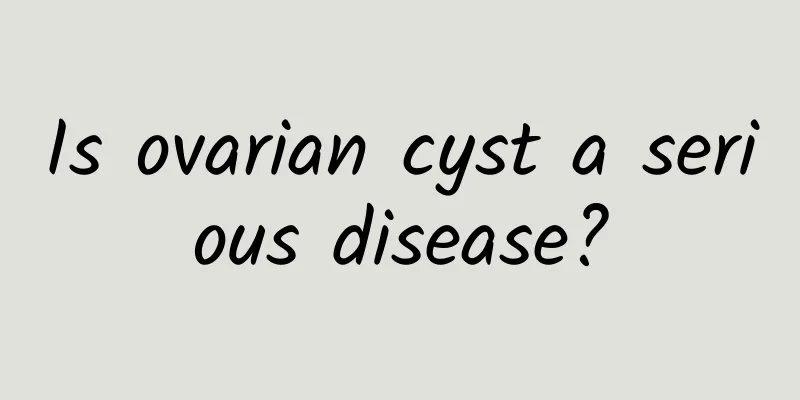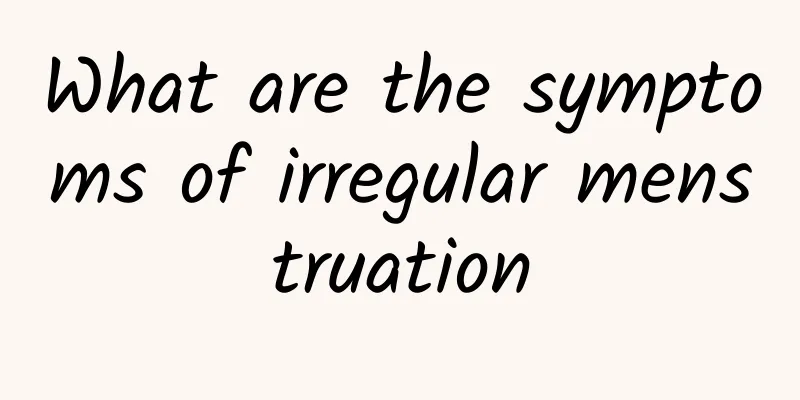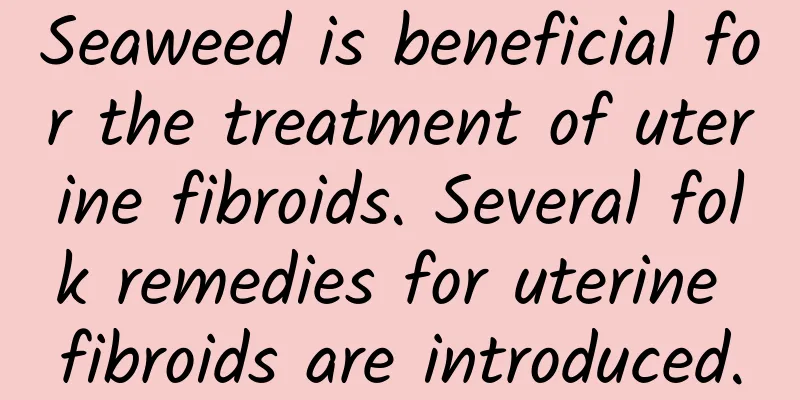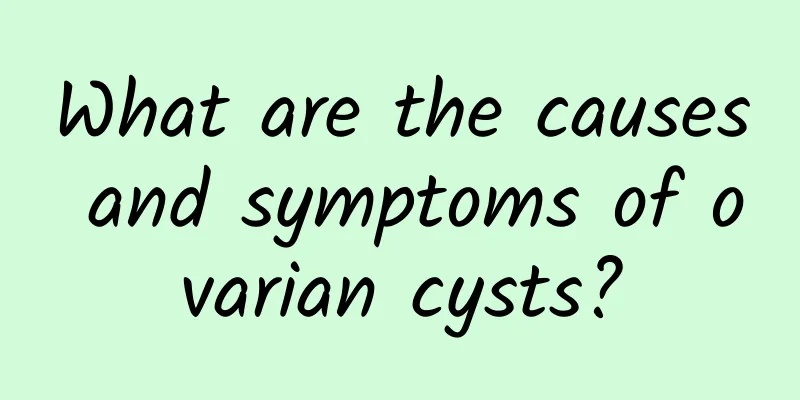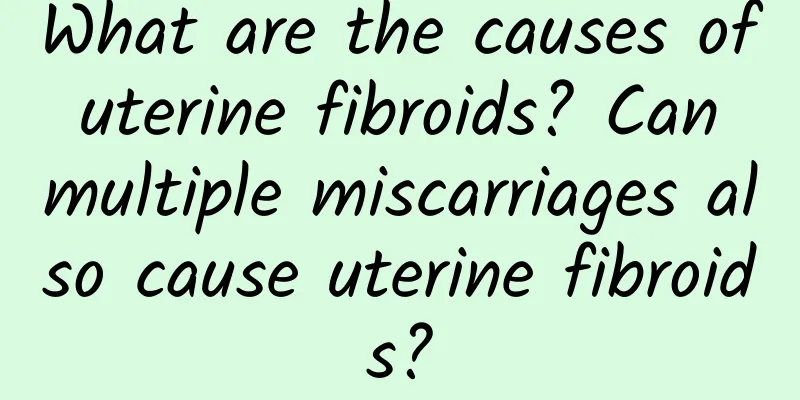What causes functional uterine bleeding and how to treat it

|
Functional uterine bleeding is abnormal uterine bleeding caused by endocrine disorders. Treatment requires endocrine adjustment or hemostasis according to the cause. The main causes include hormone imbalance, ovarian dysfunction, mental stress, etc. Treatment methods include medication, lifestyle adjustment and surgical treatment. 1. Hormone imbalance is a common cause of functional uterine bleeding. Abnormal secretion of estrogen and progesterone may lead to endometrial hyperplasia or incomplete shedding, causing bleeding. Oral contraceptives can be used to regulate hormone levels, such as Diane-35 and Yasmin, to help restore normal menstrual cycles. 2. Ovarian dysfunction such as polycystic ovary syndrome or premature ovarian failure may also cause functional uterine bleeding. These diseases can affect follicle development and ovulation, and thus affect hormone secretion. Treatment can be achieved with ovulation-inducing drugs such as clomiphene, or hormone replacement therapy such as estrogen-progesterone combination therapy. 3. Psychological factors such as excessive mental stress and mood swings may also induce functional uterine bleeding. Long-term stress can affect the function of the hypothalamus-pituitary-ovarian axis and lead to endocrine disorders. It is recommended to relieve stress through psychological counseling, meditation, yoga, etc., while maintaining a regular schedule and moderate exercise. 4. Irregular lifestyles such as unbalanced diet, lack of exercise, and staying up late may also lead to functional uterine bleeding. It is recommended to adjust the diet structure, increase foods rich in vitamins B, C, and E such as whole grains, fresh fruits and vegetables, nuts, etc., and do moderate exercise such as brisk walking and swimming to improve physical condition. 5. For cases where drug treatment is ineffective or bleeding is severe, surgical treatment may be considered. Endometrial resection can reduce bleeding by removing part of the endometrium, and uterine artery embolization can control bleeding by blocking the blood flow of the uterine artery. Hysterectomy is the last choice and is suitable for patients who do not want to have children. The treatment of functional uterine bleeding requires a personalized plan based on the specific cause and patient condition. Early detection and intervention can help prevent the condition from getting worse. Patients are advised to seek medical attention in a timely manner and receive treatment under the guidance of a doctor. At the same time, maintaining a good lifestyle and mentality is important for preventing and improving functional uterine bleeding. |
<<: Will cervical erosion lead to cancer if it is not treated for a long time?
>>: Is irregular menstruation a sign of cervical precancerous lesions?
Recommend
It is best to have an abortion when the fetus has not yet formed.
It is best to have an abortion before the fetus i...
What are the dangers of cervical erosion
If you suffer from cervical erosion, you should a...
The specific symptoms of uterine fibroids need to be carefully analyzed
Since the symptoms of uterine fibroids are not ve...
Can vaginitis be cured?
Can vaginitis be cured? 1. Vaginitis can usually ...
Issues that need attention in the care of cervical hypertrophy
There are often various problems in the care of c...
How to treat female cervical erosion and polyps? Two most effective treatments for cervical erosion
Cervical erosion generally refers to cervical col...
How to treat right ovarian cyst when pregnant?
Ovarian cyst is a common tumor disease in women. ...
[Line Goes Viral] Hot bitter melon only kills cancer cells and saves you for life! Nutritionist: The devil is hiding here...
Recently, an article titled "Hot bitter melo...
Get rid of the Spring Festival fat! Fat-reducing tea + acupoint massage
During the Chinese New Year, be careful not to ga...
What are the symptoms of pelvic peritonitis
For women, gynecological inflammation is very tro...
Do I need to take mifepristone tablets for painless abortion?
Abortion generally refers to artificial abortion....
What methods are needed clinically to check cervical warts
When it comes to cervical warts, everyone knows t...
How long should I stay in bed after laparotomy for uterine fibroids?
After laparotomy for uterine fibroids, you usuall...
Is it okay to have an abortion on your own? What are the dangers of having an abortion on your own?
In fact, uterine curettage is also a type of arti...
What foods can I eat if I have uterine fibroids? What foods can I eat if I have uterine fibroids?
What foods can I eat when I have uterine fibroids...


